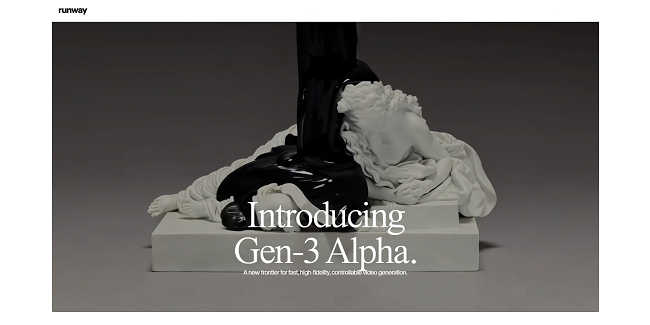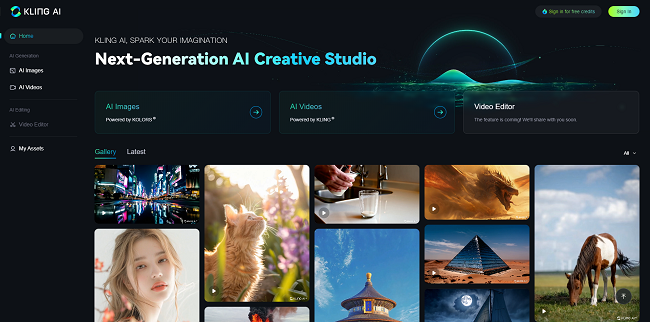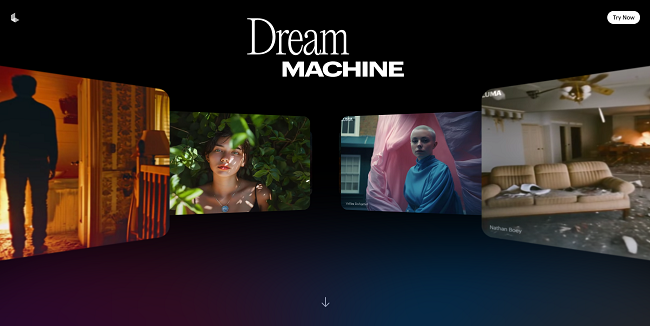
Runway Gen 3 Review: Image-to-Video Capabilities Overview & Comparisons with Kling and Luma AI
Runway's Gen 3 image-to-video model marks a significant advancement in AI video generation, solidifying the transition into the 2.0 era of AI video technology. With leading competitors like Kling and Luma Dream Machine, Runway Gen 3 stands out with its impressive features and a few areas that still need refinement. In this comprehensive review, we explore the capabilities of Runway Gen 3, comparing it with its counterparts, Kling and Luma Dream Machine, to help you understand which model best suits your needs.

Overview of Runway Gen 3's Image-to-Video Capabilities
Runway's Gen 3 introduces several impressive features in the image-to-video generation space. One of the most notable aspects is its understanding of physical elements within scenes, such as reflections and environmental interactions. For instance, in a community-generated video, the model accurately identifies reflective surfaces and simulates their reflections, though some minor inconsistencies persist. The ability to incorporate detailed physicality without the need for keyframing marks a substantial leap forward.
Strengths of Runway Gen 3
- Physical Interaction Awareness:
Runway Gen 3 shows a deep understanding of environments, accurately reflecting changes and interactions within scenes.
- UI Simplicity:
The user interface is streamlined, making it easy to upload images and issue prompts, with fast generation times.
- Text Prompt Integration:
The model effectively integrates text prompts to modify scenes dynamically, allowing for creative freedom without complex adjustments.
Where Runway Gen 3 Falls Short
- Zooming Tendency:
The model has a noticeable tendency to zoom in on subjects, often at the expense of broader scene context, which can be limiting for certain creative directions.
- Hand and Motion Inconsistencies:
While improved, the model still struggles with realistic hand movements and maintaining consistency in fast motion sequences.
- Acting Limitations:
In comparison to competitors, Runway Gen 3 currently falls short in producing realistic and expressive character acting.
Comparing Runway Gen 3 with Kling and Luma Dream Machine

In the realm of image-to-video AI models, Kling and Luma Dream Machine provide unique outputs, often contrasting with Runway Gen 3. Kling excels in generating expressive and dynamic scenes, particularly in AI acting, while Luma Dream Machine offers intricate environmental details but can sometimes lose focus on character consistency.
- Kling:
Kling's AI-generated videos often showcase more personality in character actions, though it occasionally falter in maintaining environmental coherence.
- Luma Dream Machine:
Luma Dream Machine delivers stunning visual details, though it might overemphasize background elements, detracting from the main action.

The Future of AI Video with Runway Gen 3
Runway is far from finished with Gen 3. As the model continues to evolve, we can expect further enhancements, including features like motion brush and camera control, which promise to be game-changers. While Runway Gen 3 is still in its early stages, the potential it demonstrates is significant, and its future developments are eagerly anticipated.
Conclusion: Is Runway Gen 3 the Right Choice for You?
Ultimately, Runway Gen 3 offers powerful image-to-video capabilities that cater to users seeking advanced environmental interaction and a straightforward user interface. However, if your priority is dynamic character acting or intricate scene detailing, exploring Kling or Luma Dream Machine might be worthwhile. Each of these models has its strengths and blind spots, and the best results often come from combining their unique features.
Explore the exciting possibilities of AI video generation with Runway Gen 3, and stay tuned for further developments that will undoubtedly push the boundaries of what's possible in this rapidly evolving field.

